Emergence of 5G Technology
The rollout of 5G technology is significantly impacting the Next-Generation Transistor Market. With the advent of 5G, there is a pressing need for transistors that can support higher frequencies and faster data transmission rates. This technological advancement necessitates the development of transistors that can handle the increased bandwidth and lower latency requirements of 5G networks. Market analysts indicate that the demand for transistors suitable for 5G applications is expected to rise sharply, with projections suggesting a market expansion of approximately 15% annually until 2027. As telecommunications companies invest in infrastructure to support 5G, the Next-Generation Transistor Market stands to benefit from this transformative shift in communication technology.
Advancements in Semiconductor Technology
The Next-Generation Transistor Market is witnessing rapid advancements in semiconductor technology, which are pivotal for the development of next-generation transistors. Innovations such as FinFET and GaN (Gallium Nitride) transistors are enabling the production of smaller, faster, and more efficient devices. These advancements are crucial for applications in high-performance computing and automotive electronics, where efficiency and speed are critical. Market data indicates that the semiconductor segment of the transistor market is expected to grow at a rate of 9% per year, driven by the increasing complexity of electronic systems. As semiconductor technology continues to evolve, it is likely to unlock new possibilities for the Next-Generation Transistor Market, fostering further innovation and competition.
Growing Focus on Renewable Energy Solutions
The Next-Generation Transistor Market is also being driven by a growing emphasis on renewable energy solutions. As the world shifts towards sustainable energy sources, there is an increasing demand for efficient power management systems. Transistors play a crucial role in the conversion and management of energy in solar panels and wind turbines. Recent studies suggest that the market for power transistors in renewable energy applications is set to grow by over 12% annually through 2028. This growth is attributed to the need for more efficient energy conversion and storage systems, which are essential for maximizing the output of renewable energy sources. Consequently, manufacturers are focusing on developing transistors that enhance the efficiency and reliability of these systems.
Rising Demand for High-Performance Electronics
The Next-Generation Transistor Market is experiencing a surge in demand for high-performance electronic devices. As consumer electronics evolve, there is an increasing need for transistors that can operate at higher speeds and lower power consumption. This trend is particularly evident in sectors such as telecommunications and computing, where the performance of devices is paramount. According to recent data, the market for high-performance transistors is projected to grow at a compound annual growth rate of over 10% through 2026. This growth is driven by the proliferation of smart devices and the Internet of Things, which require advanced transistor technologies to function efficiently. Consequently, manufacturers are investing heavily in research and development to create innovative transistor solutions that meet these demands.
Increased Investment in Research and Development
Investment in research and development is a key driver for the Next-Generation Transistor Market. As companies strive to maintain a competitive edge, they are allocating substantial resources to innovate and enhance transistor technologies. This trend is particularly evident in sectors such as automotive, aerospace, and consumer electronics, where the demand for advanced transistors is escalating. Recent reports suggest that R&D spending in the semiconductor industry is projected to reach $100 billion by 2026, reflecting a commitment to developing next-generation solutions. This influx of investment is likely to accelerate the pace of innovation, leading to the introduction of new transistor designs and materials that could redefine performance standards in the market.

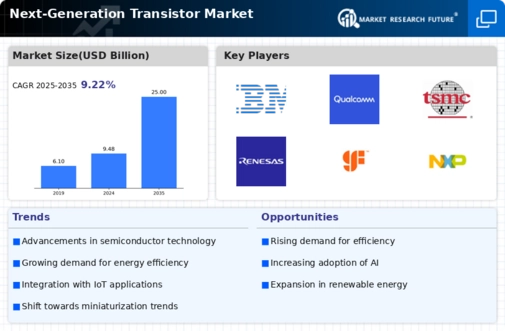
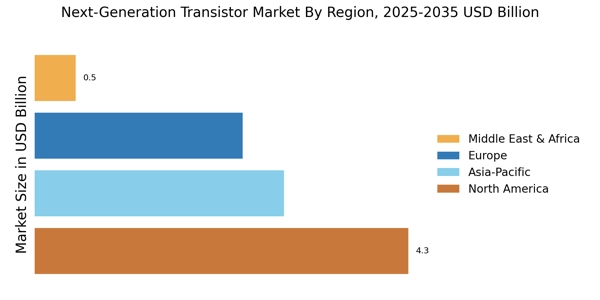
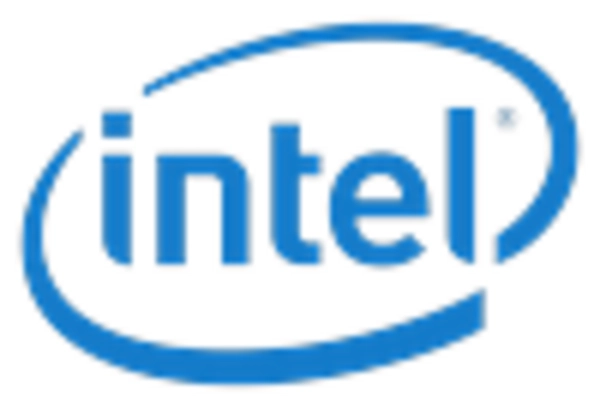
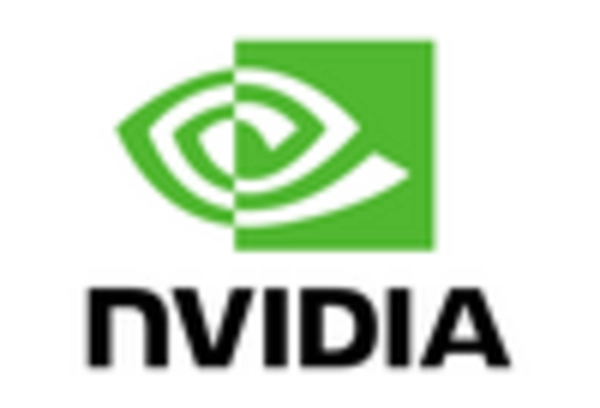


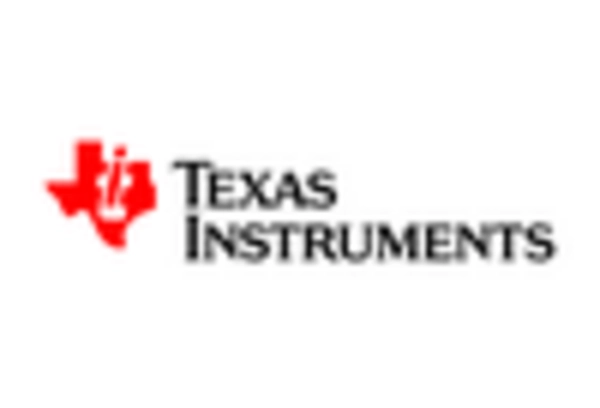








Leave a Comment